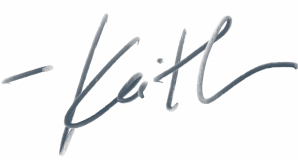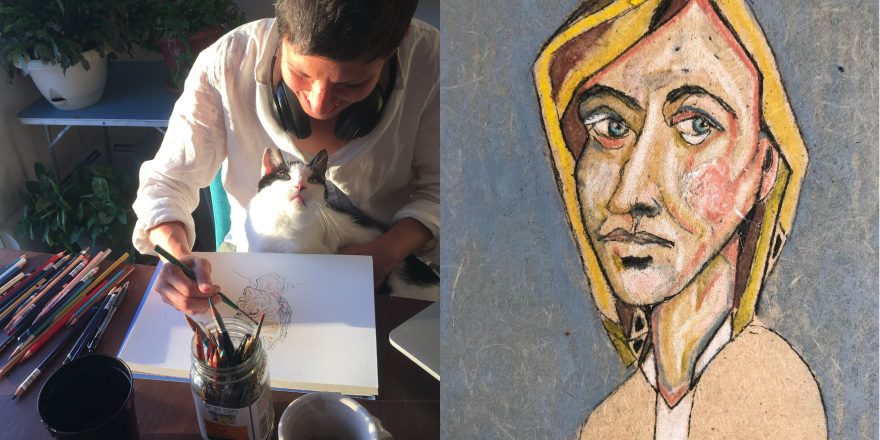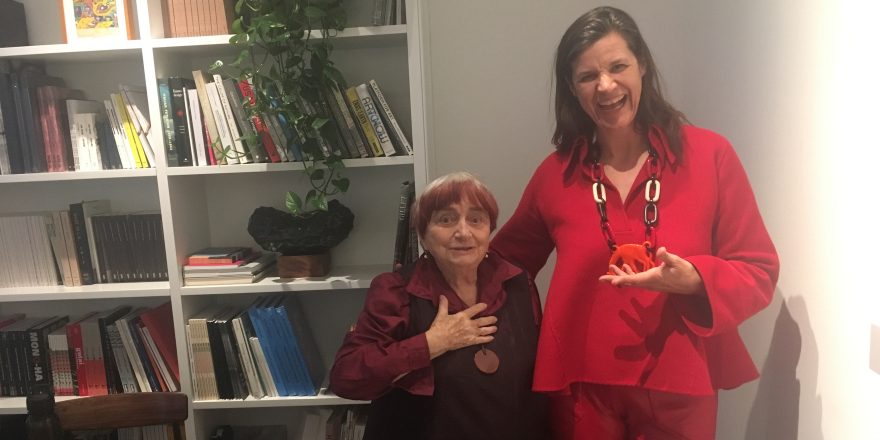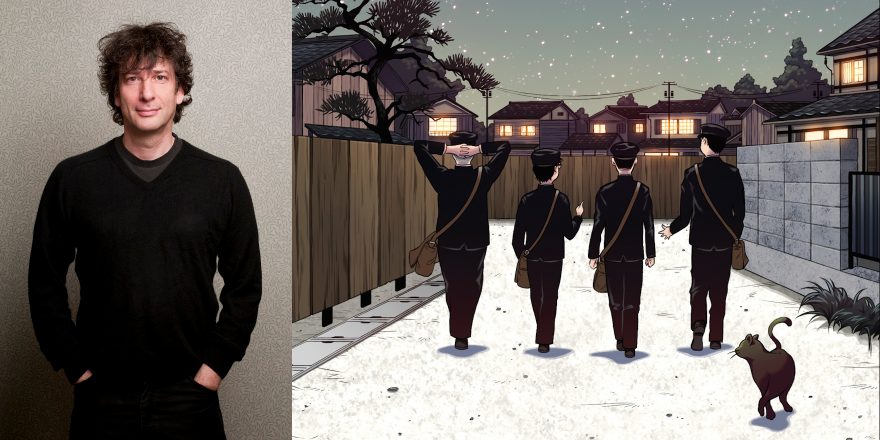I’ve been thinking a lot about inter-dimensionality lately. Interwoven stories, intertwined ideas, inspiration by osmosis …
Seems I’ve always had one foot rooted in the past and one foot facing the future — comfortable in both places at once. Connecting to the present tense — that is where I struggle. I see the continuum, though not necessarily my place within the continuum.
Lately I’ve been starting each day with a meditative art practice. It’s not complicated, I just like to draw and paint, drinking coffee while my young son eats breakfast — talking about art and dinosaurs, etc. A good start to my day.
Somewhere in this practice of digital painting, I’ve found a way to connect inspirations from the past and aspirations for the future … an examination of both finds me assiduously here in the present.
These are my breakfast paintings:
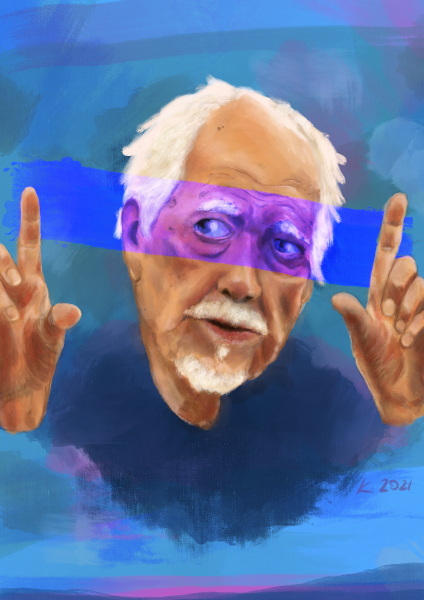
Robert Altman and the Theatre of the Possible
Leering zoom lenses eavesdropping on ever-present, overlapping dialogue; anything is possible in Altman’s ensemble theatre.
Nashville. M*A*S*H. The Long Goodbye. McCabe and Mrs. Miller. OC & Stiggs. The Player. Gosford Park. And more…
Curated in the casting, he sets the stage and steps away — away from the script, from the expression of his own ego and toward the lived mayhem of three-dimensional storytelling. Altman lets it live.
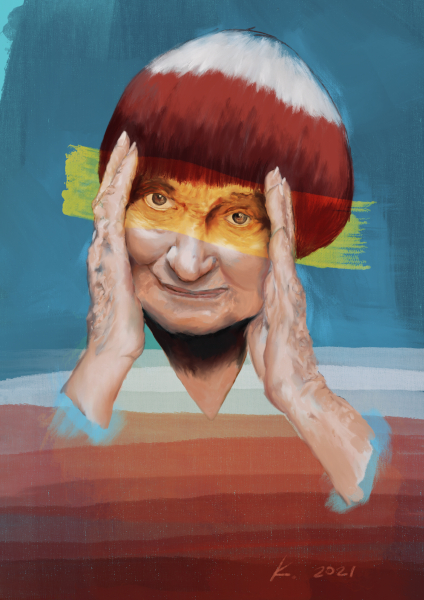
Agnès Varda Paints With Perspective
Curiosity incarnate, Agnès opens her eyes wider than yours or mine. She compresses the space between reality and surreality via radical humanism at 24 frames per second.
A traveling charmer, lensing a funhouse mirror — twisting to reveal a simple fact about human absurdity: it’s only absurd if you refuse to engage. Painting a self-portrait through the medium of passing time, Varda generously reveals that the true bridge to human connection is personal curiosity and shared perspective.
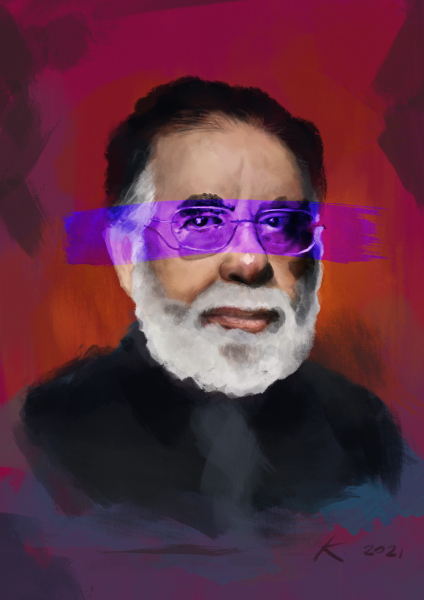
Francis Ford Coppola and the Family Line
Before Spielberg, Scorsese, De Palma – there was Francis.
Father. Uncle. Godfather, too — he set the dinner table, and invited the whole family over.
His greatest films question family. Our role within — and without. Michael Corleone and Pony Boy — greased up in search of personal autonomy. Alone despite the powerful pull of family and fate.
Harry Caul and Martin Sheen’s apocalyptic lieutenant — tearing at the walls, paddling upriver, nonconforming alone outside the family line.
I saw Francis speak at Telluride last year. I’ve never had this experience before or since, but as he took the stage I found myself quietly weeping, overfilled with gratitude for the moment, for the man — and what his work has meant to me. Family.
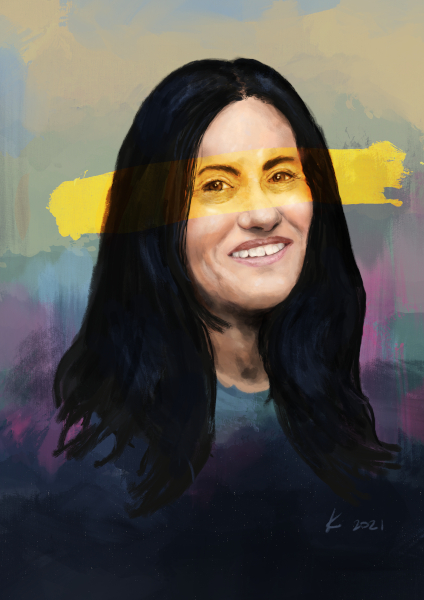
Barbara Kopple Bottles Lightning
There’s an inherent bravery to stepping into the darkness in search of light. To bear witness to the lightning strike — to face down the fire in real time. A bravura storyteller who boldly withstands the elemental, Barbara Kopple is a witness and a seeker, but there’s something else at play behind her camera — she herself is a source of light.
A bright-eyed humanist, the underdog’s ally, Barbara makes work that connects us directly to the good fight. She finds optimism in the face of deadly force and maybe, or so I suspect, she inspires that spirit too. She inspires me.
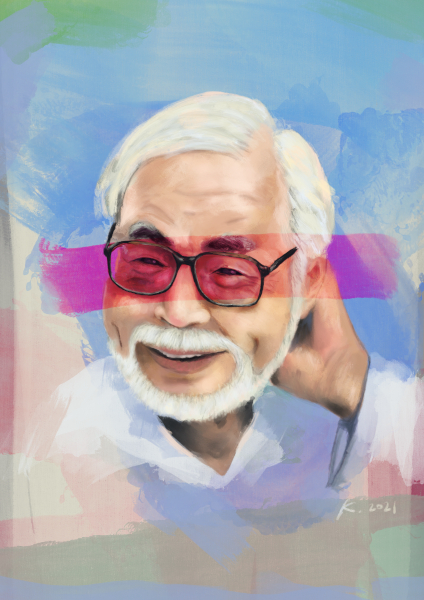
Hayao Miyazaki Balances the Magic in the Tragic
Alive in the forests, floating above village roads, enamored and overwhelmed in the flight of 20th century cities, Miyazaki defies gravity.
He divines magic from thin air as boldly as his string of strong-willed heroines defy their fates. At home in the universality of childhood’s curiosities, in the heights and depths of innocent and oblique tragedies, he is an atomic survivor.
One might assume that “Ghibli” means magic. His art is his philosophy, worthy of the long hours and taskmaster’s reputation on a hand-drawn mission to reveal the animated dance of nature — all that’s around us, and all that is inside of us.
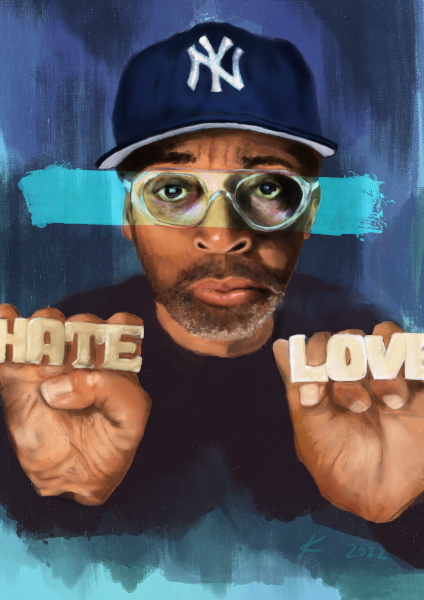
Spike Lee — See Something, Say Something
On the strength of bold palettes, decisive sequence-building and candid humanity awash in humor and pathos, Spike announces himself confidently.
Nobody takes it easy in a Spike Lee Joint. Characters emote wildly — filled with love, lust and rage, all the frustrations and joys of their challenging lives. His sense of time and place — of family, race and community — all resonate in striking compositions, as if Norman Rockwell were steeped in the rhythms of the Harlem Renaissance.
Always vulnerable, always honest and always striving, he’s the model of a modern New Yorker — when Spike sees something, Spike says something.
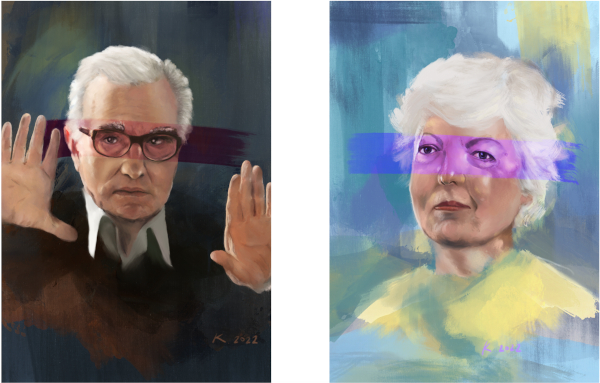
Marty and Thelma and the Continuum of Collaboration
Who is the student and who is the master? The answer is Marty — he’s both. But who is Marty without Thelma? That, we’ll never know, but I’m sure she’s more master collaborator and co-conspirator than the credits suggest.
More loyal than gangsters, as reverent to their cinematic gods as any silent priest or humble monk. Together they divine and define tone via transition. When to lean in, when to breathe out. Cut on the action: record scratch, car crash, fist smash. Marty racks em up, calls his pocket and strikes — and Thelma makes sure there’s just enough English on the shot, as the Ronettes sing from the jukebox in the corner.
Students of the past, their work is ever of the present. There’s a richness of narrative, of character, of shot selection and design, but it’s never indulgent. It can’t be indulgent if it’s earned — and earned it always is, director and editor together.
—-//—-
The continuum keeps moving. Antonioni, Akerman, Linklater, Soderbergh, Wong Kar-wai — I could keep going. Most days, I’m sure I will.
